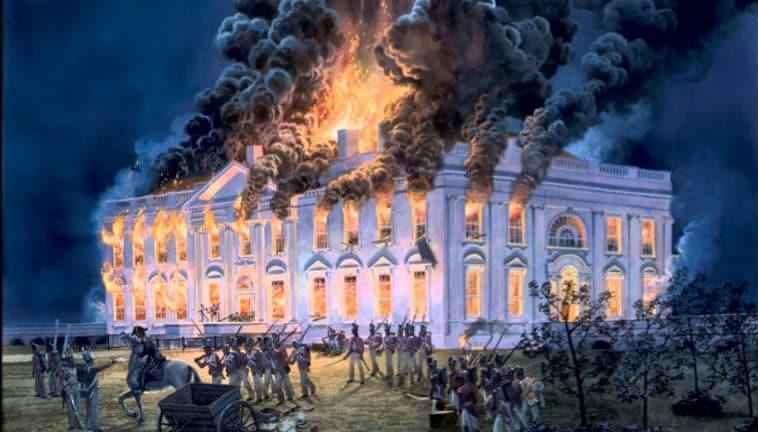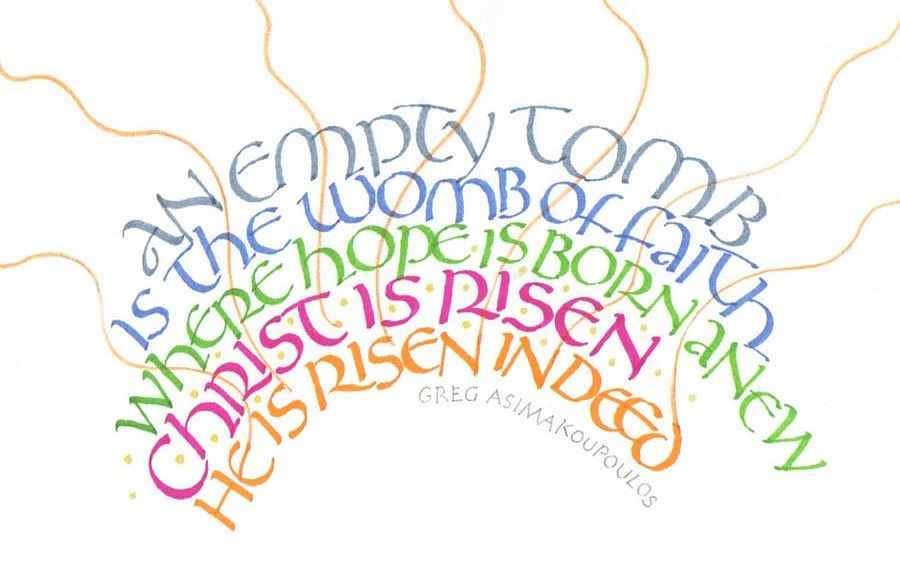
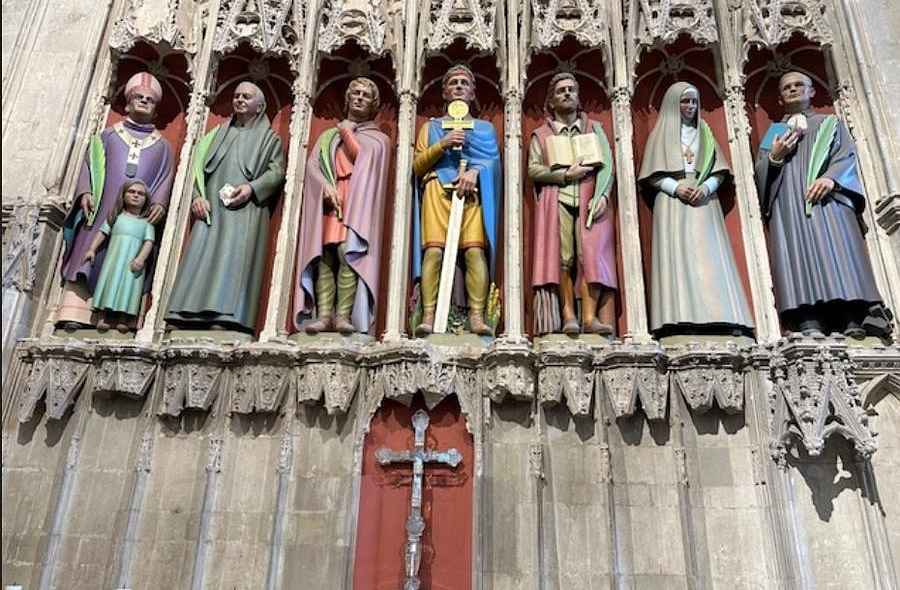
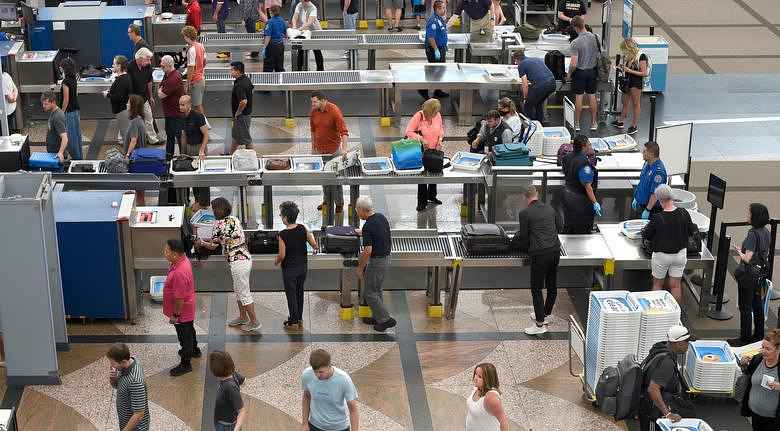

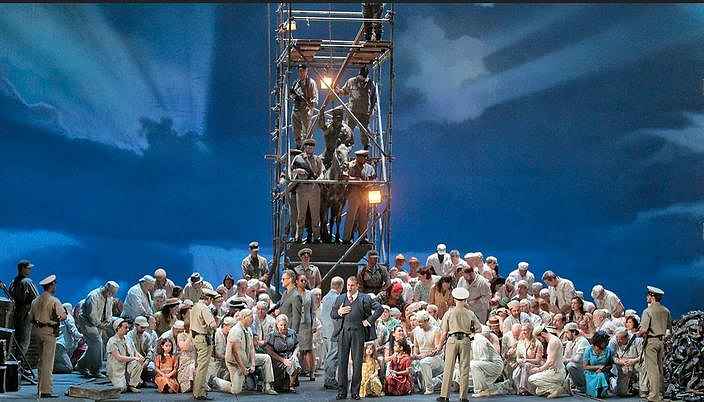
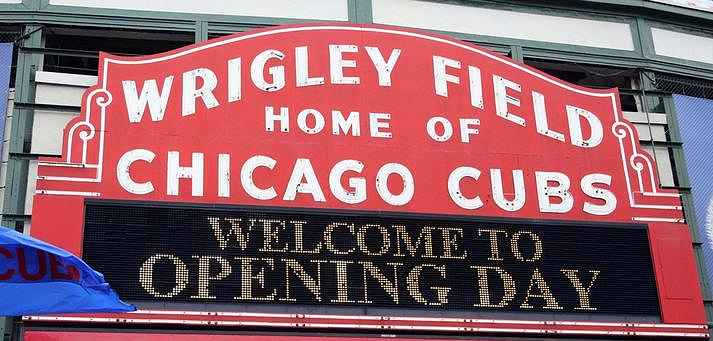
See listing of Recent and Most Popular articles on the Home Page
Senior Moments
Category: History / Topics: History • Learning
Washington, D.C. 1814
by Dan Seagren
Posted: August 24, 2019
The importance of history…
I wasn't around then nor were you. But here is what happened: British troops marched into Washington, D.C., on August 24, 1814, and set the White House, Capitol and other federal buildings afire. The following day, the arson continued until a drenching two-hour thunderstorm extinguished the flames. The massive storm spawned a rare tornado that blew roofs off buildings, buckled a bridge over the Potomac River and even lifted two cannons off the ground. According to the National Weather Service, flying debris from the tornado killed more British soldiers than American guns did during their brief occupation of the nation’s capital.Newsworthy but no mass media.
Foreign invaders, arson, thunderstorms, flying debris and the NWS (National Weather Service). Sound a little like today? Explanations have been made for 200 years with more to come. The British did not want a competitor, Nature did or did not intervene; it was divine providence vs. nature gone berserk. The NWS was archaic, purely incidental. The deaths were providential vs. luck vs. revenge. Newsworthy yes but limited, no fake news or Twitter. Sound familiar?
Why do we keep old records, ancient news, facts and events of decades or millenniums? Because we like history and historians, because we were not there, because we revere libraries and monuments, because they had chisels and stone, parchments, and eventually paper and the printing press? Maybe because it is possible to learn from the past?
How far back should we go? One year, a century, a millennium or two? Or as far as we can go? Should we trust that the news would be reliable, factual, informational, and yes, newsworthy? How would we know for sure? Were most scholars trustworthy, proficient, knowledgeable or only some? How do we verify ancient wisdom or knowledge?
We were were not there, nor some of our ancestors. For a long time I thought that my Swedish birth mother was the last of 17 children. I thought there were two fathers and one mother. Gradually I discovered that there were two mothers and one father but an older brother changed his name from Hill to Hillenborg. The list I thought were all siblings I had wrongly included 5 non-sibling Hills. It has taken me years to straighten it out. Was I in error? Yes, Was I dishonest? No. Will the record stand? I hope so. Even so, I also learned that twins were born but the male died and the next boy born was given his name.
Let me say that we should appreciate the ages of the past, learn from them, keep historians diligent because they are so important.
Search all articles by Dan Seagren
Dan Seagren is an active retiree whose writings reflect his life as a Pastor, author of several books, and service as a Chaplain in a Covenant Retirement Community. • E-mail the author (su.nergaesnad@brabnad*) • Author's website (personal or primary**)* For web-based email, you may need to copy and paste the address yourself.
** opens in a new tab or window. Close it to return here.
Posted: August 24, 2019 Accessed 380 times
![]() Go to the list of most recent Senior Moments Articles
Go to the list of most recent Senior Moments Articles
![]() Search Senior Moments (You can expand the search to the entire site)
Search Senior Moments (You can expand the search to the entire site)
![]() Go to the list of Most Recent and Most Popular Articles across the site (Home Page)
Go to the list of Most Recent and Most Popular Articles across the site (Home Page)
 Loading requested view...
Loading requested view...